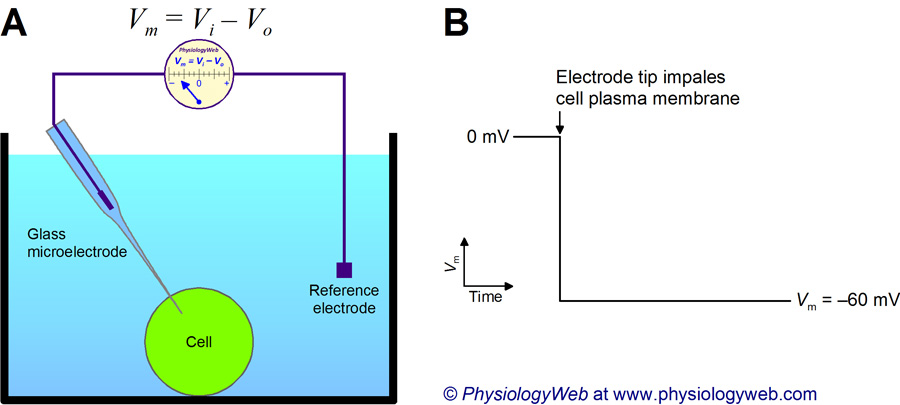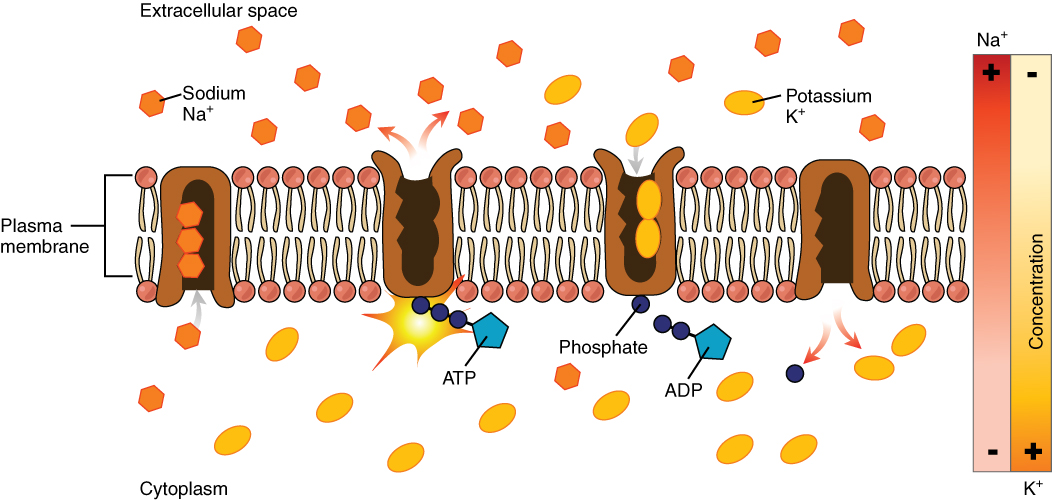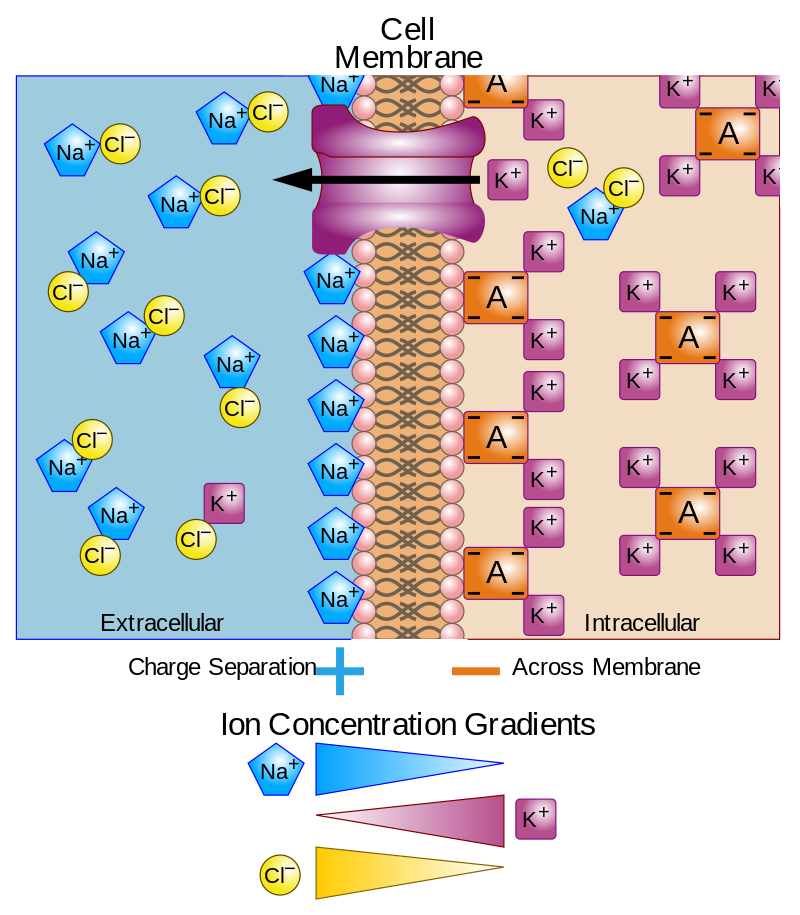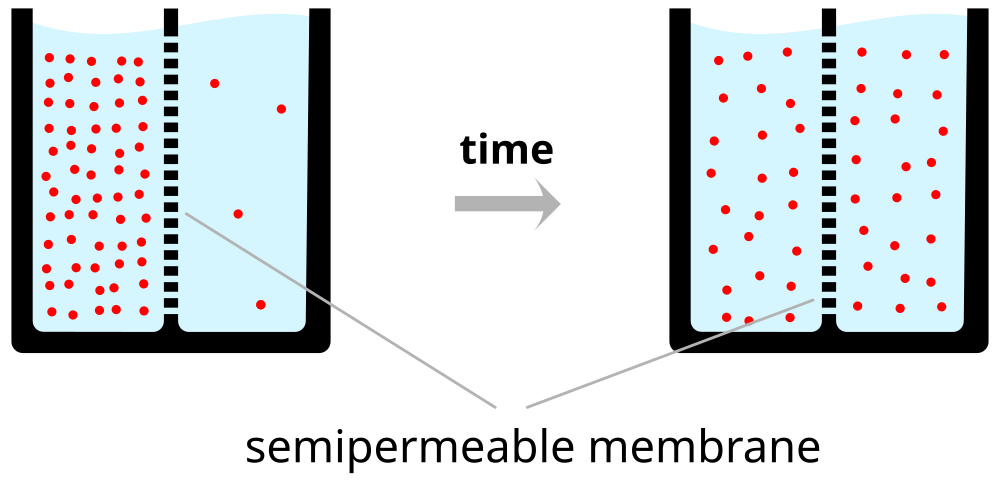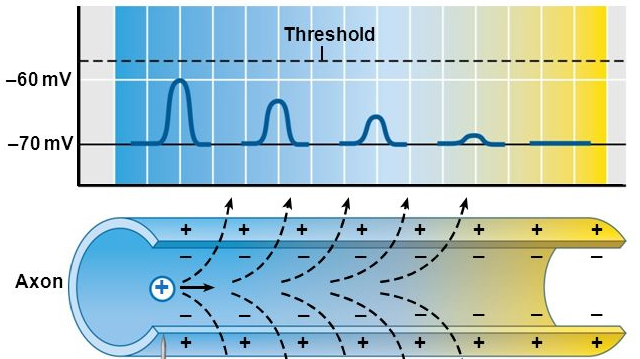Eyherabide, H. G., Rokem, A., Herz, A. V. M., Samengo, I., Eyherabide, H. G., Rokem, A., … Samengo, I. (2009). Bursts generate a non-reducible spike-pattern code.
Frontiers in Neuroscience,
3, 1.
https://doi.org/10.3389/neuro.01.002.2009
khanacademymedicine. (2012).
Membrane potentials - part 1 | circulatory system physiology | NCLEX-RN | khan academy. Youtube. Retrieved from
https://www.youtube.com/watch?v=PtKAeihnbv0&t=1s
Wikipedia contributors. (2025a, June 13). Node of ranvier. Retrieved from
https://en.wikipedia.org/wiki/Node_of_Ranvier
Wikipedia contributors. (2025b, August 30). Nerve conduction velocity. Retrieved from
https://en.wikipedia.org/wiki/Nerve_conduction_velocity
